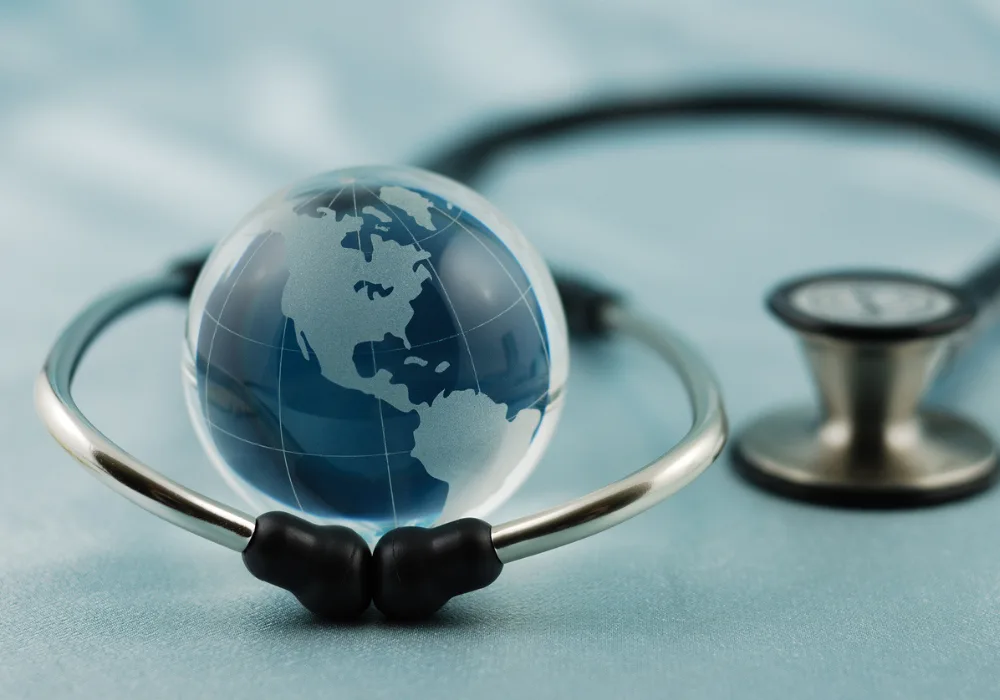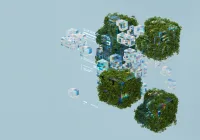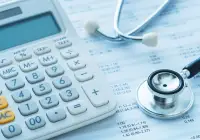Three and a half years after the Lancet Commission revealed that nearly half of the world’s population lacks access to basic diagnostics, progress remains uneven. Encouraging developments have emerged, driven by the COVID-19 pandemic and a 2023 World Health Assembly resolution that brought new attention to diagnostic capacity. Yet, many regions continue to face persistent barriers. While some countries have implemented national strategies, improved regulatory frameworks and embraced technological innovation, access and affordability still lag in low- and middle-income settings. Reviewing progress across ten key recommendations provides insight into where global health efforts have gained traction—and where further commitment is urgently needed.
National Strategies and Workforce: Pockets of Progress
The development of national essential diagnostics lists (EDLs) is a key indicator of progress. While only one LMIC had a published list in 2021, that number rose to eight by 2024, with 13 others in development. Regional workshops facilitated by WHO have supported this growth, especially in Africa and Southeast Asia. However, diagnostics strategies must integrate with broader health systems to be effective. Exemplar countries such as Zimbabwe, Rwanda and Sri Lanka show that political commitment, resource allocation and tailored implementation strategies are critical to success.
Must Read: Unlocking Digital Solutions for Medicine Access
Meanwhile, diagnostic workforce expansion lags behind need. The Commission estimated a shortfall of over 800,000 professionals in pathology and imaging. While isolated examples of national training programmes have emerged—such as radiology residencies in Tanzania and Liberia or genomic pathology training in Hong Kong—most efforts remain too limited to meet global demands. Regional training networks and harmonised accreditation frameworks could offer more scalable solutions.
Regulation, Technology and Financing: A Mixed Picture
Regulatory frameworks for diagnostics remain underdeveloped in many LMICs. WHO’s Global Benchmarking Tool reveals that most African countries lack robust regulatory systems, though regional efforts like the African Diagnostic Advisory Committee and ASEAN’s harmonisation initiatives show promise. In Latin America, Brazil’s expansive diagnostics network, supported by public procurement and local manufacturing, exemplifies how national policy and industrial strategy can align to boost access.
Technological advances offer both hope and challenges. Point-of-care tools, AI-enabled imaging and smartphone-based diagnostic apps are increasingly accessible, with applications from tuberculosis to breast cancer detection. However, regulatory oversight has not kept pace, and disparities in digital infrastructure persist. While high-income countries advance rapidly, LMICs risk being left behind without targeted support and inclusive innovation strategies.
On financing, India’s Free Diagnostic Services Initiative demonstrates how public investment can expand access. Its multi-tiered coverage spans thousands of hospitals and clinics. Brazil has similarly empowered community pharmacies to deliver rapid tests, increasing reach. However, a lack of standardised affordability metrics hinders global assessments. Few LMICs systematically monitor the cost-effectiveness of diagnostic services and affordability remains a critical barrier for patients and providers alike.
Fragile Settings, Advocacy and Global Coordination: Momentum Needed
Little progress has been made in fragile and conflict-affected settings, where nearly a quarter of the global population lives. Despite the urgency, programmes like the ICRC’s Conflict Affected Settings Laboratory Strengthening initiative have been suspended due to funding cuts. A positive development is WHO’s ongoing work to tailor its Essential Diagnostics List for emergency contexts, potentially enhancing disaster response capabilities.
Advocacy has seen some gains. The Commission’s message—that nearly half of the global population lacks basic diagnostics—continues to resonate across public platforms and policy fora. The adoption of WHO resolution 76.5 in 2023 was a landmark event, galvanising technical action and political attention. Still, sustained momentum is needed to maintain visibility and attract resources.
The long-awaited Global Diagnostics Coalition, set to launch in 2025, is expected to provide the global leadership and coordination previously lacking. Modeled on similar alliances in surgery, food systems and oxygen supply, this coalition aims to monitor progress, foster innovation and support countries in implementing diagnostic reforms.
The path to universal diagnostic access is long and complex. While some of the Lancet Commission’s recommendations have seen encouraging uptake—particularly in national planning, regulatory alignment and technological innovation—others, such as financing, workforce development and services in fragile settings, have stagnated. The COVID-19 pandemic elevated diagnostics on the global health agenda, and the upcoming World Health Assembly presents a critical opportunity to consolidate gains. If the Global Diagnostics Coalition succeeds in fostering sustained, inclusive and accountable partnerships, it could mark a turning point in addressing the diagnostic divide.
Source: The Lancet
Image Credit: iStock










